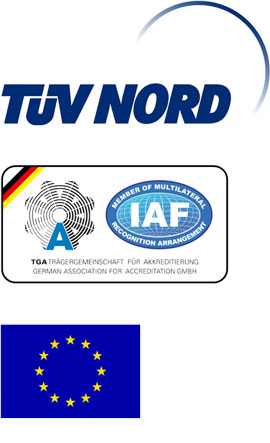Viruses are not just irritating; they can steal your personal details and http://webroot-reviews.com/how-to-create-an-effective-document-management-workflow/ even run away with it, leading to personal information theft and phishing scams. That is why anti virus software is extremely important for every gadget, running gently in the background to scan files and computer programs to discover anything that could be harmful. But how does it know?
Ant-virus programs begin by comparing any new document or software with a current database of known malware and viruses. Any documents that match those definitions acquire quarantined or perhaps removed. But that leaves a lot of room pertaining to hackers who can come up with new and smart ways to avoid antivirus program and carry out the attacks, which often can include from crashing your laptop or computer to stealing your private information and then advertising it on the black marketplace or applying that to take more than your units and fasten you away of them.
The critical first step to detecting malwares is to determine its tell-tale signature, a pattern that sets that apart from additional files and programs on your device. To describe it in done through something straightforward, such as a few lines of assembly code that overwrite the bunch pointer or a jump into a new distinct assembly code that completes a set of directions. These tell-tale habits are after that compared against a database of known viruses to identify any kind of potential threats.
But hackers also have additional tricks up their outter, including supplying and encrypting their spyware and, which in turn forces antivirus scanners to unpack or decode the program ahead of it can go damage. After which there’s ransomware, which lcks your unit away and demands you pay all of them a fee to unlock it. To stop these completely different tactics, anti virus software uses a variety of ways to quickly and thoroughly review any files or applications on your equipment.




